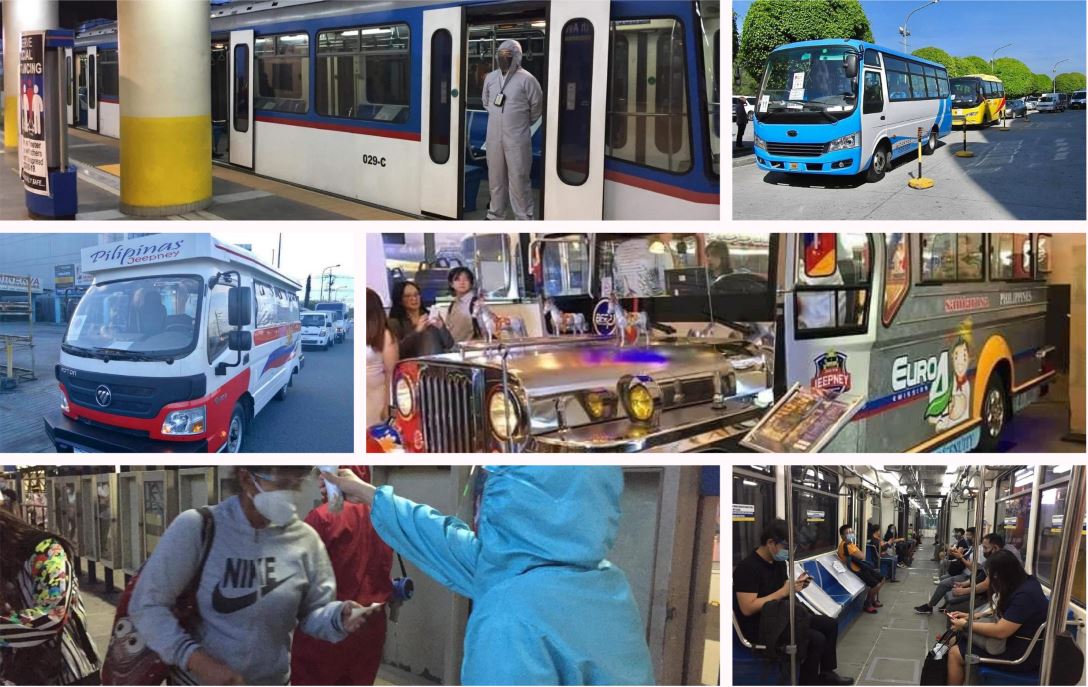Exactly How Transportation Marketing Can Change Mass Transit Spaces Into Dynamic Advertising Operatings Systems
Transit marketing holds considerable capacity to redefine public transportation spaces right into vibrant advertising and marketing systems that involve and inform. By using cutting-edge styles such as digital display screens and interactive kiosks, brand names can not just reach a diverse target market yet also improve the total commuter experience. This strategy creates an unique possibility for brand names to link with customers in a setting that is commonly ignored. As we explore the multifaceted benefits and advancing approaches of transportation advertising, it elevates the inquiry of just how this makeover can redefine our communications with both brands and the city atmosphere.
Benefits of Transportation Marketing

In addition, transit advertising is very cost-effective compared to typical media. It enables marketers to accomplish high impressions at reduced expenses, maximizing roi. The captive target market of commuters gives a chance for brands to convey their messages to people that are often receptive throughout their travel times.
Additionally, the dynamic nature of transit advertising permits campaigns to be upgraded regularly, making sure that messaging stays prompt and relevant. This flexibility can be critical in reacting to market fads or promotional occasions, maintaining the brand name top-of-mind for consumers. Lastly, the pervasive existence of transit advertising and marketing adds to brand recall; duplicated direct exposure within acquainted traveling contexts strengthens brand recognition and fosters customer commitment, inevitably driving sales and enhancing brand name track record.
Kinds of Transportation Advertising
Mass transit systems give various formats for advertising, each satisfying various advertising strategies and audience engagement techniques. One popular type is outside bus and train wraps, which cover the whole automobile and produce a mobile billboard effect, enabling for high visibility in urban settings. These wraps can record focus as they pass through busy streets, reaching a diverse audience.
Another popular style is indoor advertising and marketing, that includes posters, digital displays, and advertisements on transportation seats. These positionings engage travelers during their trip, strengthening brand messaging in a restricted room. Digital shows, in particular, supply the advantage of dynamic content, making it possible for marketers to update messages in real-time.
Terminal advertising is also substantial, featuring posters, banners, and interactive booths within transportation stations. These advertisements leverage foot traffic and can target particular demographics based upon place.
Last but not least, advertising collaborations with transportation authorities can bring about one-of-a-kind campaigns, such as themed transit experiences or events, improving the general engagement with travelers. Each sort of transit advertising and marketing uses unique advantages, permitting brand names to tailor their approach to successfully reach their target market within the public transport environment.
Engaging Travelers Efficiently
Travelers are progressively inundated with advertising messages during their daily travels, making it important for brand names to involve them in cutting-edge methods. To catch interest in this crowded area, marketers need to prioritize creative thinking and importance. Using appealing visuals and succinct messaging can considerably improve the chance of interaction.
Interactive components, such as QR codes or enhanced reality functions, can likewise transform static ads right into immersive experiences, fostering a much deeper link with the audience. Brand names must concentrate on dealing with commuters' needs and rate of interests, tailoring messages to reverberate Related Site with their way of life, whether with promos for neighborhood businesses or services created to improve their commuting experience.
In addition, timing plays a critical role; tactically positioning advertisements during optimal commuting hours can make best use of visibility and impact. Engaging commuters successfully likewise involves leveraging social networks assimilation, enabling guests to share their experiences or promotions straight from transit systems, thus amplifying brand reach.
Basically, reliable interaction depends upon comprehending the traveler trip and producing compelling, interactive, and pertinent marketing experiences that not only capture focus but additionally drive action and loyalty. By doing so, brands can transform public transport right into a vibrant marketing platform that reverberates with its audience.

Measuring Advertising And Marketing Influence
Just how can brand names precisely assess the efficiency of their marketing campaign in transportation settings? Measuring the influence of transportation marketing needs a diverse method that combines qualitative and quantitative metrics. One common approach is tracking engagement with mobile analytics, where brands can examine foot traffic patterns and application interactions in the past, during, and after projects.
Studies can provide important insights into brand name recall and consumer sentiment, enabling brands to evaluate exactly how well their messages reverberate with commuters. Furthermore, monitoring social media sites interaction related to details projects can expose shifts in public understanding and brand discussion.

Moreover, working together with transit companies can improve measurement precision, as they usually have comprehensive demographic information on ridership patterns. By integrating these techniques, brand see this page names can develop an extensive understanding of their advertising effectiveness, making sure that their projects not only get to however also affect their target audiences effectively.
Future Fads in Transportation Marketing
A substantial change is prepared for en route marketing as technical innovations and changing consumer habits reshape the landscape. Transit Advertising Philippines. The assimilation of interactive media and digital screens is expected to enhance interaction, allowing brands to deliver dynamic web content that resonates with diverse audiences. As mass transit systems accept wise innovation, marketers will utilize real-time information analytics to customize messages based on passenger demographics and habits
Furthermore, increased fact (AR) is positioned to transform the way commuters connect with promotions. By providing immersive experiences, AR can change an ordinary journey right into an engaging story that records focus and promotes brand loyalty. This development will likely urge advertisers to produce more experiential projects that drive consumer interaction.
Sustainability is another essential fad affecting transit advertising and marketing. As ecological consciousness expands, brands will increasingly look for to line up with eco-friendly techniques, using lasting products and promoting eco-friendly initiatives within their projects.
Verdict
Finally, transportation advertising uses significant benefits by improving brand exposure and engaging a restricted audience. Through different layouts, such as exterior covers and electronic displays, it changes mass transit right into a vivid advertising platform. Reliable engagement approaches and robust measurement strategies better amplify its impact. As patterns evolve, the potential for innovative interactions in between commuters and brands is positioned to grow, making sure that transportation advertising and marketing remains a vital component of modern marketing methods. special info
Transit marketing holds substantial potential to redefine public transportation rooms into vibrant advertising and marketing platforms that engage and notify. The prevalent existence of transportation marketing contributes to brand name recall; repeated exposure within familiar travel contexts reinforces brand awareness and cultivates customer commitment, eventually improving and driving sales brand track record.
Just how can brands properly evaluate the efficiency of their advertising and marketing campaigns in transportation environments?In verdict, transit marketing supplies substantial benefits by enhancing brand name visibility and involving a captive target market. Transit Advertising Philippines. As patterns advance, the possibility for ingenious interactions between brands and commuters is poised to expand, guaranteeing that transportation advertising and marketing stays an essential part of modern-day advertising and marketing approaches